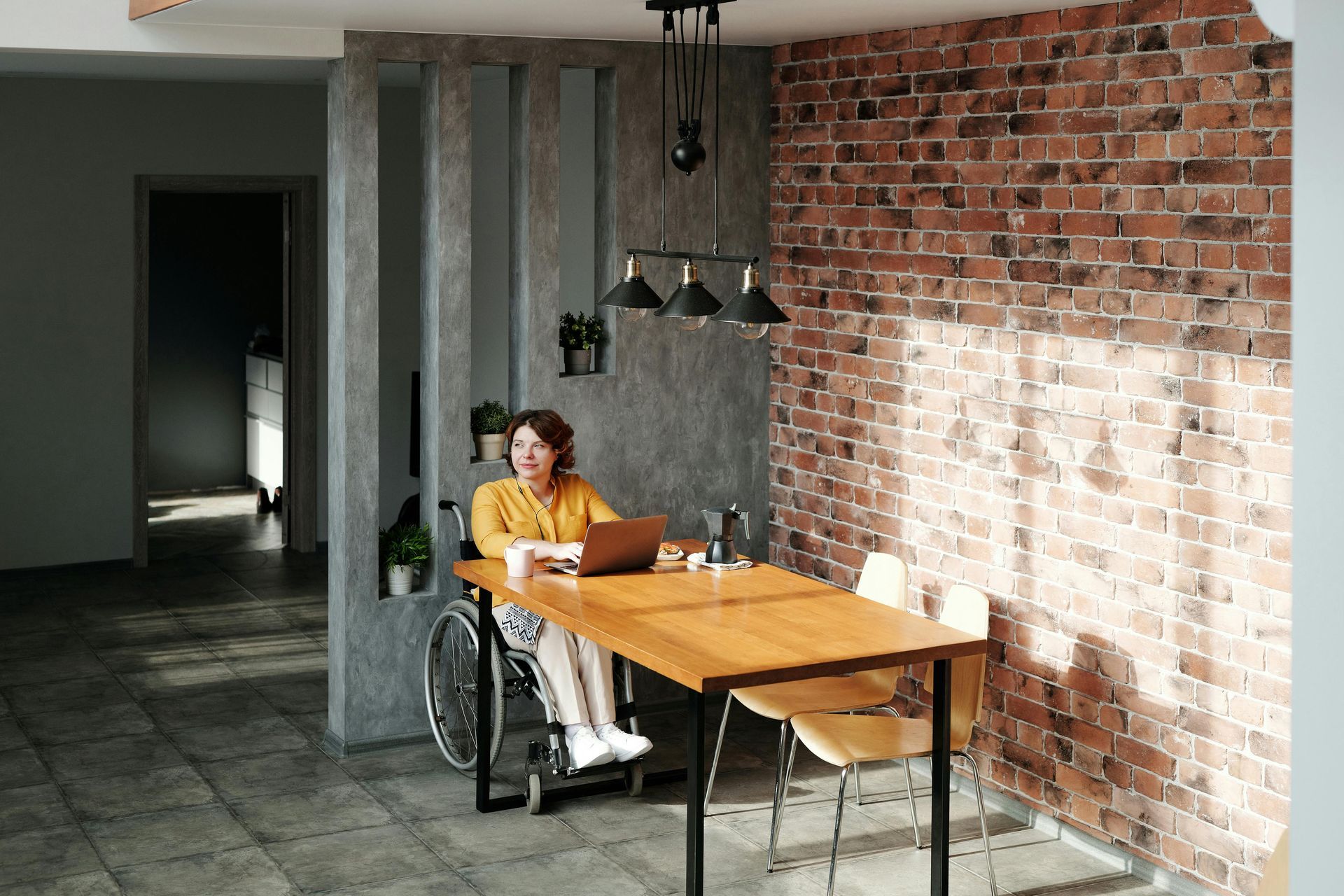The Metaverse at Your Desk: Revolutionizing Remote Work with Virtual Reality
The Metaverse at Your Desk: Revolutionizing Remote Work with Virtual Reality
The global workforce has undergone a dramatic transformation in recent years, and one of the key catalysts behind this change is the rapid adoption of virtual reality (VR) in remote work. As technology continues to shape our professional lives, VR is emerging as a game-changer, providing a seamless bridge between the physical and digital realms. In this article, we will explore the powerful and creative ways virtual reality is reshaping the future of remote work.
Redefining the Workspace
The traditional office is no longer confined to physical spaces. VR technology allows remote workers to recreate and customize their workspace, whether it's a tranquil beachside cabana or a bustling city cafe. With the flexibility to design their ideal work environment, employees can maximize productivity and comfort, turning their homes into personalized, inspiring offices.
Enhanced Collaboration
Effective collaboration is the lifeblood of any successful organization. VR introduces a level of interactivity that transcends conventional video conferencing. Through virtual meeting rooms, colleagues from across the globe can gather around the same table, fostering more genuine connections and innovative brainstorming sessions. This technology transcends the limitations of flat screens, allowing for a richer, more immersive collaborative experience.
Training and Skill Development
In remote work scenarios, professional training and skill development can be challenging. VR technology has the potential to revolutionize training programs by creating realistic, immersive simulations. This approach is particularly beneficial for professions requiring hands-on training, like healthcare, engineering, or aviation. Employees can practice, learn, and refine their skills in a safe virtual environment.
Improved Mental Health
The isolation often associated with remote work can take a toll on mental health. VR offers a unique solution by promoting social interaction and reducing the sense of isolation. Virtual team-building activities, water-cooler chat spaces, and shared virtual breaks can help employees maintain a strong sense of connection, ultimately enhancing their well-being.
Accessibility and Inclusivity
Virtual reality can break down barriers that remote work often creates for individuals with disabilities. With the right hardware and software, VR can offer more accessible tools for those with mobility, vision, or hearing impairments, enabling a more inclusive work environment.
Global Talent Pool
Virtual reality enables companies to tap into a global talent pool without geographical constraints. No longer limited by office locations, employers can recruit the best and the brightest from around the world, fostering diversity and innovation within their teams.
Reducing Carbon Footprint
The rise of remote work is already reducing the carbon footprint associated with daily commutes and office operations. VR takes this one step further by minimizing the need for business travel. Instead of flying across the country or world for meetings, employees can participate in virtual conferences and meetings, contributing to a more sustainable future.
Challenges and Considerations
While the prospects of VR in remote work are exciting, there are challenges to consider. These include the cost of VR equipment, potential technology limitations, data security, and ensuring employees have access to the necessary resources. Companies must carefully navigate these challenges to fully harness the potential of VR in remote work.
Virtual reality is transforming remote work in amazing ways. It creates new workspaces, boosts teamwork, supports mental health, enhances accessibility, widens the talent pool, and lowers the carbon impact. VR has endless possibilities for remote work as technology advances. It’s time to adopt this powerful technology and use its benefits for a better, more productive, and greener future of work.











